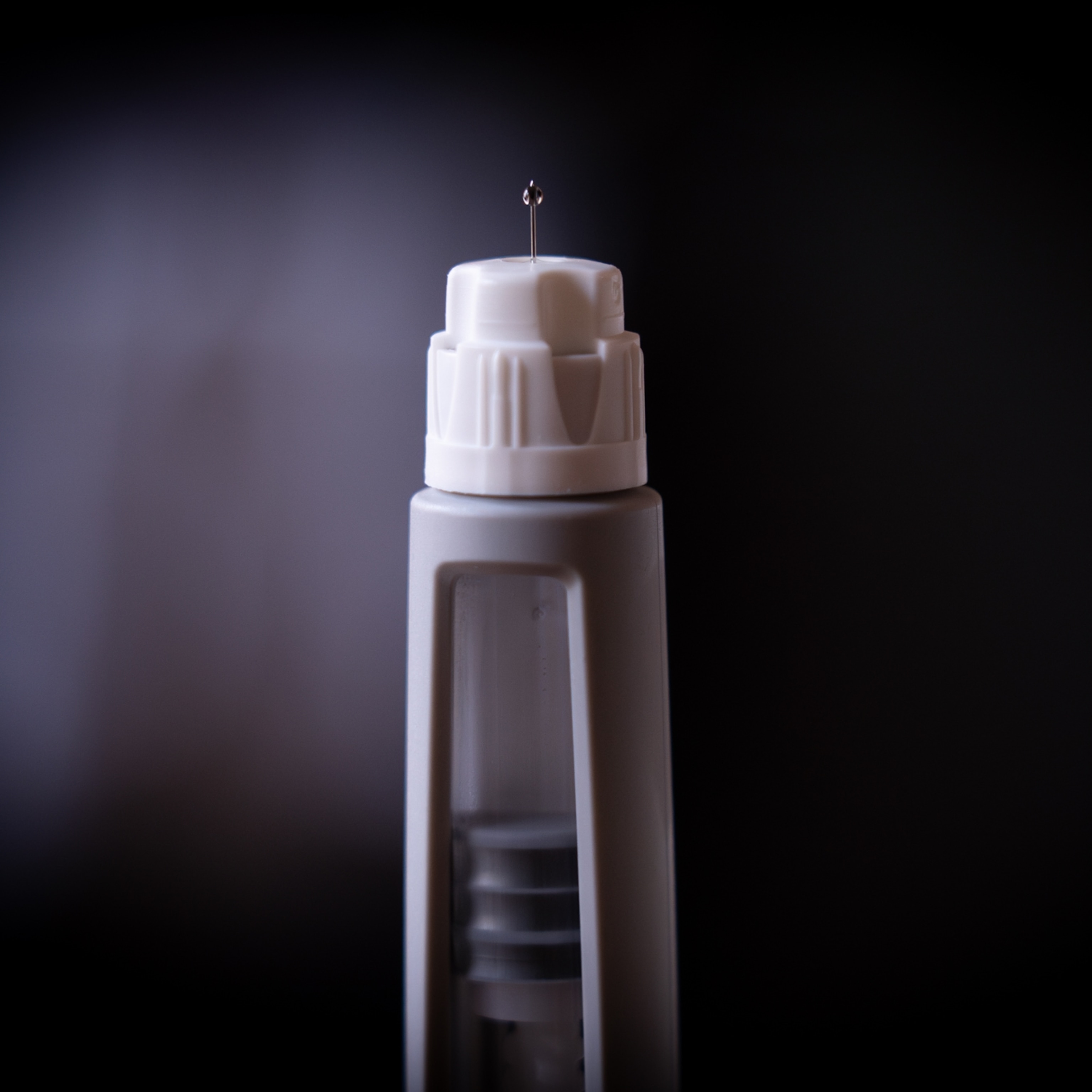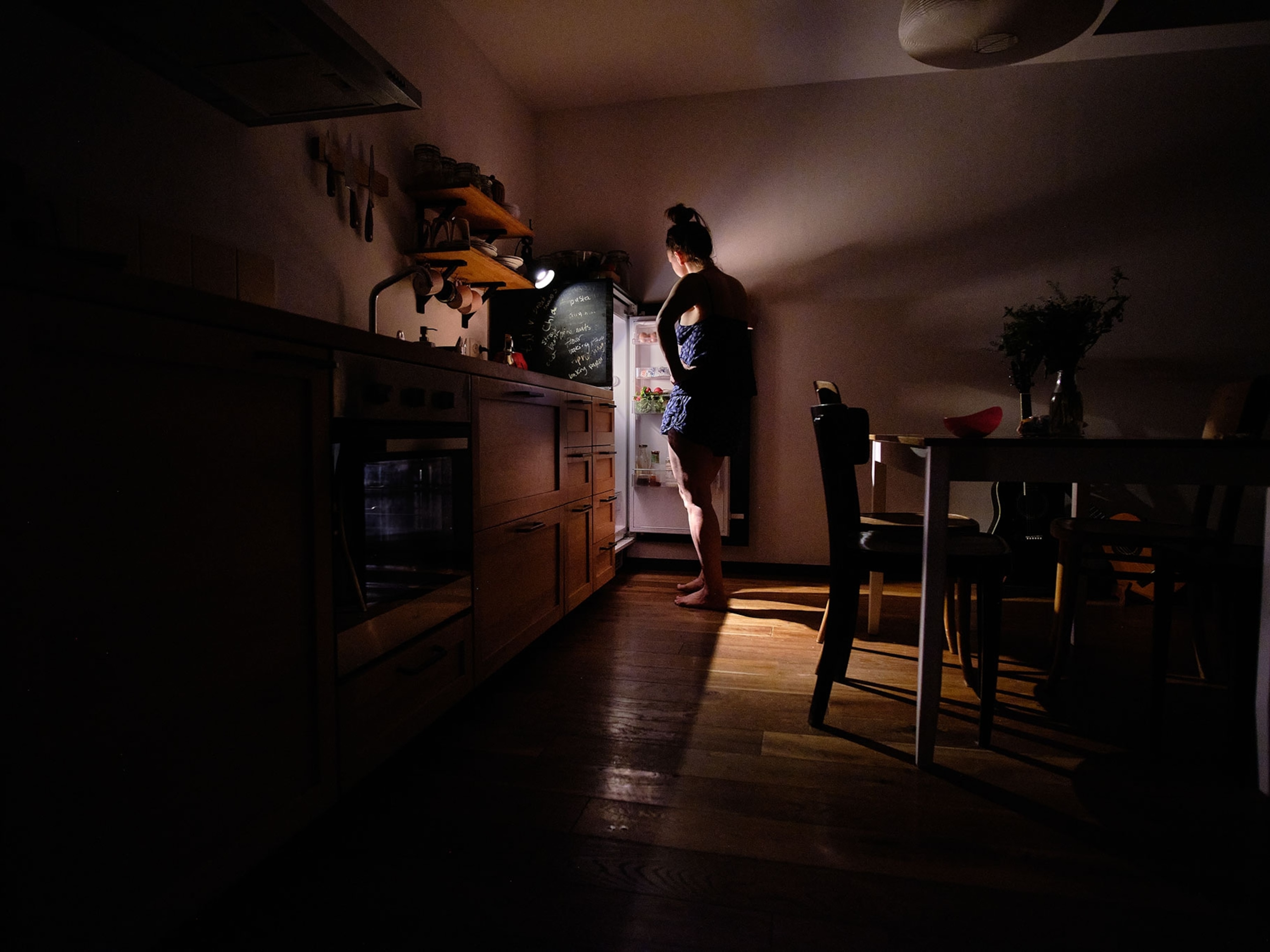Amy Toensing on Hunger in America: Iowa’s Breadbasket
I recently interviewed three photographers who covered hunger in America for the feature “The New Face of Hunger” in the August issue of National Geographic magazine. They explored what it looks like for individuals and families to be food insecure in urban, suburban, and rural areas of our country.
Amy Toensing traveled to Osage, Iowa, to photograph people who are classified as “food insecure”—meaning they need assistance, either from government programs and/or food banks to get the food they need. Toensing talks about some of her experiences in the featured video and the conversation below.

COBURN DUKEHART: You recently got back from Iowa as part of an assignment on Hunger in America. Can you tell me why you went there?
AMY TOENSING: We picked Iowa because the state ranks as one of the highest recipients of farm subsidies, and yet has a large number of families who are “food insecure.” We thought it was an interesting irony that this was the breadbasket of America, and yet they still have people going hungry and grappling with food security issues there.
COBURN: So what did you find in Iowa? What was your experience photographing hunger there?
AMY: Well, hunger in America looks really different than what anybody thinks of when they think of hunger. It actually looks like somebody with an unhealthy diet—and sometimes it looks like obesity. It’s often families with one working adult who is paid low wages and they can’t afford healthy food. They end up having to survive off of emergency food from pantries, and that food tends to be the unhealthiest food so the family has a lot of health issues. It’s processed. It’s canned. It’s not fresh vegetables, not fresh fruits. So what it actually looks like is not, I think, what a lot of us think of hunger looking like. It’s a major health crisis in the United States right now.

COBURN: So it’s more of a nutrition issue.
AMY: It is, yeah, and, you know, it’s interesting because the title “Hunger” doesn’t quite fit. I think we’re all being educated about what this looks like, and what the actual reality is for food insecurity in the United States.
COBURN: So tell me about some of the families you met on your assignment.
AMY: I chose to spend time with three different families, and I had the help of a gentleman named Leo Chisholm, who started the local food bank in Osage. Leo represents a very important part of this whole story, because the federal government and state governments are slowly cutting things like the food stamp program, which is now called SNAP, and they’re cutting tax-based food aid, and they’re pushing that responsibility on the private sector. So I went to Leo, and he directed me to families that he knew and was assisting through the food bank.
It’s a tricky issue to find families that are willing to let you come into their lives. Why would any of us want a reporter, photographer, writer, whomever, come into their lives and document something that can be quite shameful? It’s wrapped up in so many social issues and so many things, that it’s a really brave thing for the subjects to come forward and be open about it.

COBURN: So you have a picture of a family where a group of kids are eating in the kitchen. Tell me about this family and their situation.
AMY: This is the White family. They are married, had five children between them from previous families, and the husband works a full-time job, sometimes overtime, for Winnebago. And she doesn’t work, because the numbers would not add up for her to spend the money on childcare and try to go to work. She would be at a loss, actually. So she stays at home with the younger kids.
In fact, almost half of all SNAP recipients have at least one working adult in the household. So a lot of people don’t realize that a high number of people who are getting food assistance actually are working individuals, and this family represents this.
So you can see in this picture, the mom has prepared dinner. It’s mostly pantry food, and obviously that’s a high-starch diet and it’s not going to have nutritional balance. You know, there’s no fresh vegetables in this meal.

And this image to me is important, because that’s the greatest challenge of this story—what does hunger in America look like? We’re the land of plenty. You’re going to see people that have flat-screen TVs. You’re going to see people that have cars. So people look at that, and they say, “That doesn’t look like hunger. Why aren’t their ribs showing? Why aren’t their bellies bloated?”
And so on a visual communication level, I think the most successful pictures from the story are ones that reach you in a sort of visceral, metaphoric way. In this image there’s a young boy handing a toddler a knife. There’s another boy stepping on a plate of food. So it’s a more metaphoric look that there’s something just not right.
There were three photographers on this story, myself, Kitra [Cahana] and Stephanie [Sinclair,] and we all found that each of the families we photographed were living in a house of cards. You pull one card out, and everything kind of falls apart.
COBURN: I think that’s interesting to try to wrap your head around. It’s complicated.
AMY: Very complicated. This is a very complicated story.
COBURN: So tell me about this other family that you photographed and your experience with them.
AMY: This is the Reams family. Kyera and Joe have four kids, and Joe is on disability, which is representative of a large number of people who are food insecure.
If you’re food insecure in America it is a full-time job to feed yourself. If you’re on SNAP benefits, you have to fill out paperwork constantly. Every day, you have to work out how you’re going to get your food. It’s a full-time effort.

So about a year ago, Kyera actually had a full breakdown trying to make this all work. [She asked herself] “How do I keep my family healthy and deal with the food pantry food?” So she got books. She went out and found the county conservationist, and she started to learn about wild edibles. She planted a huge garden in her backyard and then a second garden in her front yard, and she harvests [the food]. She cans it. And now at any given time she has three months of food.
The Reams family is classified as ‘Food Insecure’ because of their family size and income level. Joe has been diagnosed with Multiple Sclerosis and cannot work and Kyera is a full-time mom. In the past year the family has taught themselves about wild edibles and they also planted a vegetable garden in their front yard and have canned much of the food they have harvested and collected.
Also, she forages. This picture is of her son holding a puffball, which is a mushroom that grows wild. There were hundreds of them in the woods. It looks like an egg, and they’re beautiful to eat, and she canned them and froze them and prepared them. She did everything you can do with a puffball.

COBURN: And what were the kids’ reactions to this, to the foraging, to being part of it?
AMY: They loved it. They were outside. They were healthy, running around, and they were excited.
COBURN: So was there anything personally for you that was hard about shooting this story or any challenges that you faced?
AMY: You know, right now we’re living in a pretty hostile time towards poor people, and I sense a societal anger toward poverty. And personally, I find that really hard to grapple with. The backdrop of this story is that wages have remained stagnant since the 1970s, and what I witnessed when I was with these people is that they’re working full-time, and they can’t make it work.
And so when I hear the sort of resentment like: “Oh, those people are living off of the government; they should get a job,”—that’s what I really struggle with, because that’s not what I witnessed in the field. I witnessed people working hard.
Hear Amy Toensing speak about going outside of the comfort zone in an interview on Proof. See more of Toensing’s work on her website and follow her on Instagram.
The May issue of National Geographic magazine, kicked off an eight-month series about the future of food.
Read the feature article “The New Face of Hunger” from the August 2014 of National Geographic. See a video about the Dreier family and their struggle with food insecurity in Iowa.
You May Also Like
Go Further
Animals
- Why this rhino-zebra friendship makes perfect senseWhy this rhino-zebra friendship makes perfect sense
- When did bioluminescence evolve? It’s older than we thought.When did bioluminescence evolve? It’s older than we thought.
- Soy, skim … spider. Are any of these technically milk?Soy, skim … spider. Are any of these technically milk?
- This pristine piece of the Amazon shows nature’s resilienceThis pristine piece of the Amazon shows nature’s resilience
Environment
- This pristine piece of the Amazon shows nature’s resilienceThis pristine piece of the Amazon shows nature’s resilience
- Listen to 30 years of climate change transformed into haunting musicListen to 30 years of climate change transformed into haunting music
- This ancient society tried to stop El Niño—with child sacrificeThis ancient society tried to stop El Niño—with child sacrifice
- U.S. plans to clean its drinking water. What does that mean?U.S. plans to clean its drinking water. What does that mean?
History & Culture
- Séances at the White House? Why these first ladies turned to the occultSéances at the White House? Why these first ladies turned to the occult
- Gambling is everywhere now. When is that a problem?Gambling is everywhere now. When is that a problem?
- Beauty is pain—at least it was in 17th-century SpainBeauty is pain—at least it was in 17th-century Spain
- The real spies who inspired ‘The Ministry of Ungentlemanly Warfare’The real spies who inspired ‘The Ministry of Ungentlemanly Warfare’
- Heard of Zoroastrianism? The religion still has fervent followersHeard of Zoroastrianism? The religion still has fervent followers
Science
- Here's how astronomers found one of the rarest phenomenons in spaceHere's how astronomers found one of the rarest phenomenons in space
- Not an extrovert or introvert? There’s a word for that.Not an extrovert or introvert? There’s a word for that.
- NASA has a plan to clean up space junk—but is going green enough?NASA has a plan to clean up space junk—but is going green enough?
- Soy, skim … spider. Are any of these technically milk?Soy, skim … spider. Are any of these technically milk?
- Can aspirin help protect against colorectal cancers?Can aspirin help protect against colorectal cancers?
Travel
- What it's like to hike the Camino del Mayab in MexicoWhat it's like to hike the Camino del Mayab in Mexico
- Follow in the footsteps of Robin Hood in Sherwood ForestFollow in the footsteps of Robin Hood in Sherwood Forest
- This chef is taking Indian cuisine in a bold new directionThis chef is taking Indian cuisine in a bold new direction
- On the path of Latin America's greatest wildlife migrationOn the path of Latin America's greatest wildlife migration
- Everything you need to know about Everglades National ParkEverything you need to know about Everglades National Park







